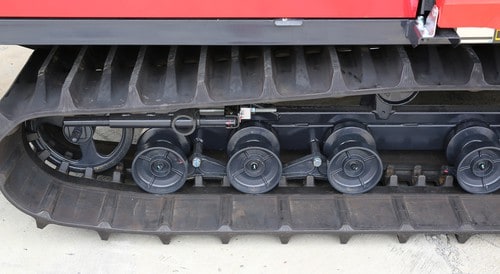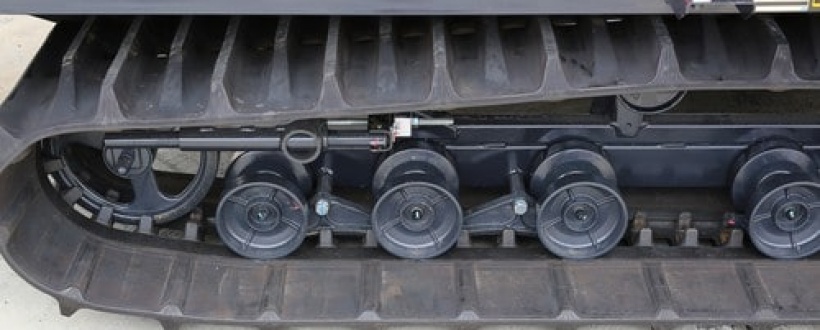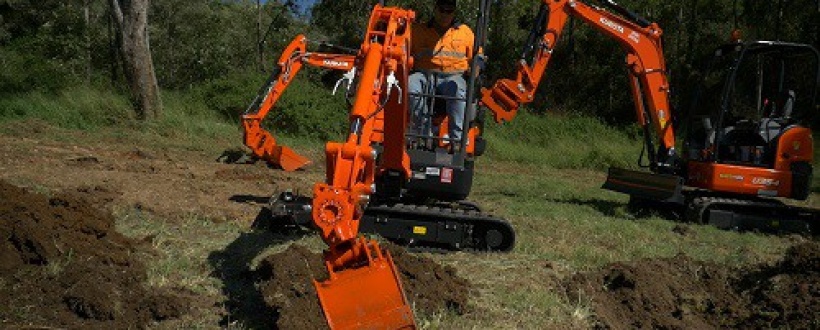
Rubber tracks are used on excavators and other tracked vehicles to minimise ground damage. They’re very good in this regard and you can be sure that you won’t be leaving a wasteland behind your machine. The main issue, in fact, is keeping the rubber tracks in good working order.
These tracks take a lot of wear and tear when compared to steel tracks. Although they’re very durable, they need some maintenance and attention, preferably whenever there are time and space to do it. This regular care reduces overall maintenance time, taking care of minor issues to prevent a bigger workload later.
Rubber Tracks – Care and Maintenance Tips
To care for and maintain your rubber tracks, you need to know what to expect. Different types of terrain can cause different problems but can predict some issues before they happen and deal with them easily.
For example:
- Mud and debris: Materials of this type are taken up by the tracks, which clogs them. It’s not good for the tracks over time. The easy fix is a thorough clean and removal of the mud, preferably ASAP.
- Undercarriage and assembly: These areas, being under the vehicle, also take up a lot of mud, dust, and small debris. It’s best to check the undercarriage regularly and ensure that there are no significant deposits of materials on them.
- Uneven wear: This type of wear is caused by more pressure being put on one track than another, often during repetitive work. The unevenness of the tracks affects performance. It’s best for operators to avoid the usual practice of locking tracks. Make turns with the vehicle, rather than locking, to avoid uneven wear.
- Inspect the machine before operation: Your machine can start up and instantly have problems because of some minor difficulty with the tracks. It’s a good idea to check the rollers and driving sprockets for any issues before operation. Driving sprockets are also very prone to accumulating materials, due to their shape. Be patient, but quick, when fixing any problems.
- Track tension: Over-tension in tracks can be a serious problem. The tracks, if stretched too tightly, react to pressures and impact much more than at a slightly loose tension. This can do damage to alignment and increase wear on the tracks. Stick to a specified level of tension and “track sag”.
- Common sense: The other simple and very effective way to care for your tracks is to simply stay alert and be aware of any unusual movements or sticking, or similar behavioural issues. While it’s important to be vigilant, don’t try to DIY-fix anything that looks like a complex issue. Get it checked out by your service people for the best results.
Allclass Construction Equipment Are Your Track Specialists
Allclass Construction Equipment provides a full range of 5-star rapid response services for our Kubota tracked vehicles. We’ll be onsite ASAP to avoid downtime and solve your servicing issues right away. You can call us or contact us online to get expert help anytime.






